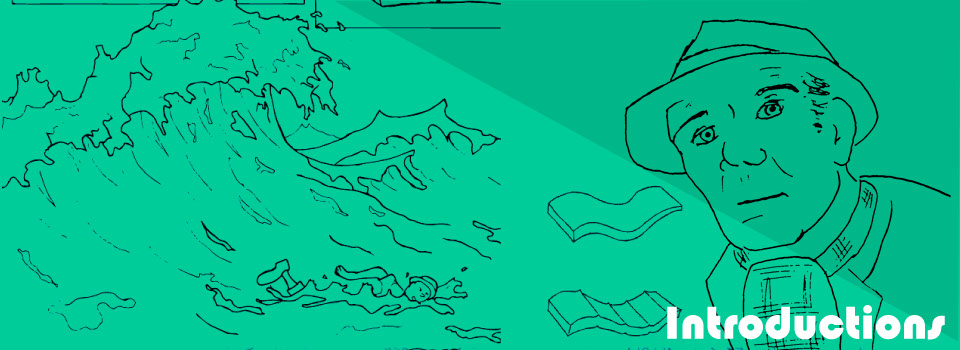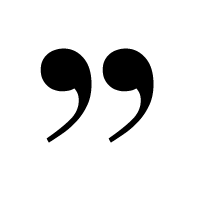
x
Contents
Home
Home
Home


Introductions
It may turn out that many of our more interesting theorists were also practitioners in peculiar ways.
Alexander Galloway, Eugene Thacker, and Mackenzie Wark, Excommunication


Rhizcomics is an unusual book.
It differs from most books in its organization and argumentation. Like most books, it can be read in many orders (I often begin reading a book in the works cited and then move to the table of contents). Also like many books, it offers a scholarly argument and attempts to persuade its reader using evidence and citing other authors where appropriate.
But Rhizcomics’ organization is a little different. Some of its reading orders have been programmed into this book. There is a “right” way to read it. There are also many other ways to read it that have also been programmed in. A print book offers suggestions for reading order (page numbers that gradually increase, chapter order, indices). Rhizcomics relies on digital logics for those orders. Digital logics can be a bit more pushy than print logics. So much for the supposed freedom of electronic literature.
Within this linear progression, there are five major nexūs that pull together neighboring pages and concepts. The signposting page, which comes just after a few more introductory pages, offers an overview of each nexus as well as their relationships.
I’ve created a short video that shows you how to navigate the book and explains some of its less conventional argumentation styles.
“Even writers write with short-term memory, whereas readers are assumed to be endowed with long-term memory.” (Deleuze and Guattari, A Thousand Plateaus 493)
This video includes audio. The script for this video is reproduced here.

this is a gloss
You might want to read this on a tablet or on a computer, but I would recommend against reading it on your phone for too long. The words are too small, and a phone’s screen does not offer enough real estate to appreciate some of the visuals. There is one section that requires a mouse, but the rest could easily be read on a tablet.
While I’ll be arguing about comics and visuality, you’ll probably notice that some of the sections are more visual than others. My reasons will become apparent as you continue to read. However, even the purely textual sections include visual elements in layout as well as a variety of animations and glosses that appear as you scroll. Even linking between pages can imitate comics’ operations. You may need to slow down to catch everything.
Readers can annotate the pages themselves by using hypothes.is. Click the arrow in the upper right-hand corner of the screen to annotate. You can make your annotations public or private or even create private annotation groups if you would like to read this book as a class. Alongside these annotations, I’ve created comment sections at the bottom of each page using Disqus. These are more visible than the hypothes.is annotations and tend to foster more conversation.
Enough preamble. At the end of each page you'll see the title of the next page in the linear order. Click it to begin or take a side trip through the foreword or front matter.
Foreword
Front Matter

